Genève (CH)
The Synthetic Site Folder and Site Brief are available for free.
Please register and login to access the Complete Site Folder.
- Synthetic site folder EN | FR
- Site Brief EN
- Site on Google Maps
- Back to map
Data
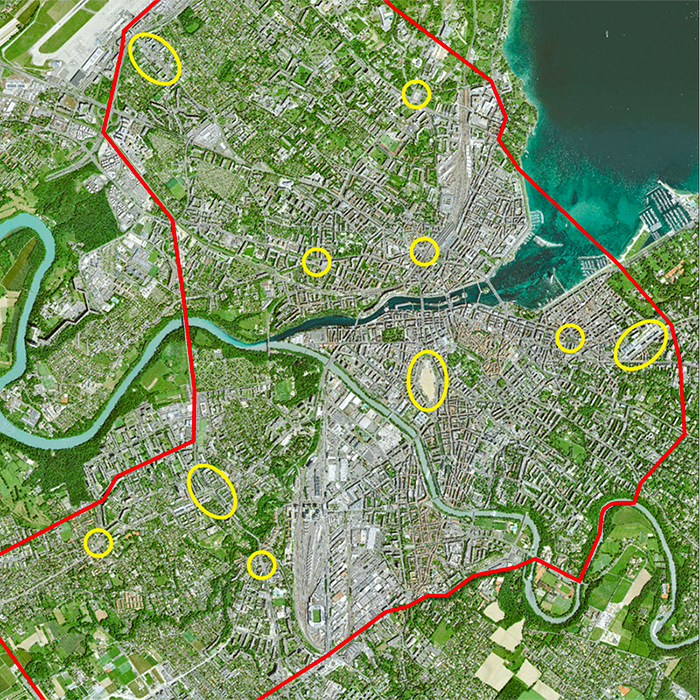
Genève (CH)
Scales XL/L
Team composition Architect non mandatory, multidisciplinary team strongly recommended (architect, urbanist, landscaper, etc.)
Location Genève, Switzerland
Population 205 839 inhabitants
Reflection site 100 ha - Project site 2 ha
Site proposed by State of Geneva, Department of Territory, Office of Urban Planning
Actors involved State of Geneva, Department of Territory, Office of Urban Planning, Fondation Braillard Architectes
Owner(s) of the site Relevant entities
Commission after competition The winning team(s) will be involved in urban project management for the implementation of a tactical urban planning project integrating bioclimatic public spaces.
More Information
SITE / CONTEXT
The ambition of Geneva’s public stakeholders is to respond to the climate emergency through long- term planning, aimed at both decarbonisation and the resilience of the agglomeration.Voted in 2024, the “Strategy for the Arborisation of the Urban Area” calls for its transaltion into innovative spatial, functional and social solutions. Thus, the Moving (with) trees project meets the needs of society in the short, medium and long term through ideation, prototyping and upscaling.
The EUROPAN competition gives Geneva stakeholders the opportunity to prefigure on a 1:1 scale (research-by-design) a project demonstrating this strategy, thanks to a tactical urbanism method, based on key factors of life, uses and mobility.
Trees designed to create atmospheres of freshness and well-being will initially be installed on a test site imbued with urbanity, diversified mobility, intensity of use and culture. They will then – during summer – be moved in a processual way to similar sites to multiply the advantages of arborization in the urban area.The procession of the trees and the events scheduled for each resettlement site aim to change civic practices and redefine the meaning and use of the urban landscape with a view to its climate resilience.
The perimeter of reflection corresponds to the “dense city”, an urban expanse more linked to the densities of buildings and uses than to a strict administrative perimeter.
In the current state of maturation of public policies relating to climate resilience, the project site can only be taken as a field of exercise and ideation, intended for prototyping, according to the political will, the support of the competent services and the acceptance of the public.
The ideation perimeter is the Place des Charmilles, the starting point of the “itinerant forestation” project.The objective is to carry out research on the multiple temporal (tree life, procession, mobility, rhythms, seasons, etc.), spatial (square, street, façade, full-empty, street furniture, etc.) and social (individual, group, age groups, cultures, temporary uses, etc.) relationships resulting in a new urban scene specific to the “new climatic regime” (B. Latour). The sequence of sites, the route of the trip and the programming must include the following considerations:
1. The sites that make up the procession are key places of mobility.
2. They are imbued with urbanity and intensity of use.
3. They are or can become places of cultural identification and heritage redefinition.
QUESTIONS TO THE COMPETITORS
The competition should allow for exploration and questioning of:
1. The context of future active and diverse mobility
What will the public square of 2050 look like?
How do collective, active, and resilient mobility systems generate new spaces?
2. The new definition of public space and its uses
What types of uses can urban squares generate as shelters?
How does citizen participation contribute to this dynamic?
How can architecture and landscape, through a “forestation” project, create a space for raising awareness of the ecological emergency?
How do collective spatial experience, the didactic and event-based nature of the project contribute to citizen engagement and climate impact? What indicators and
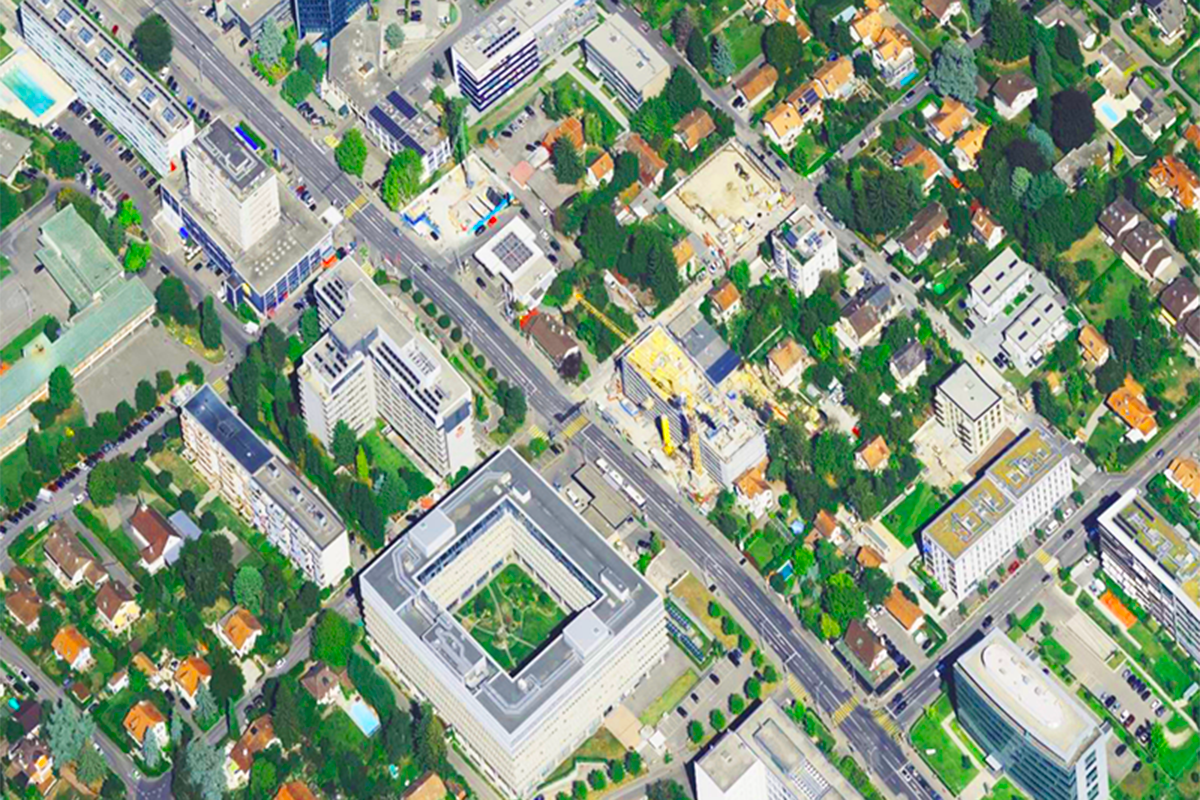
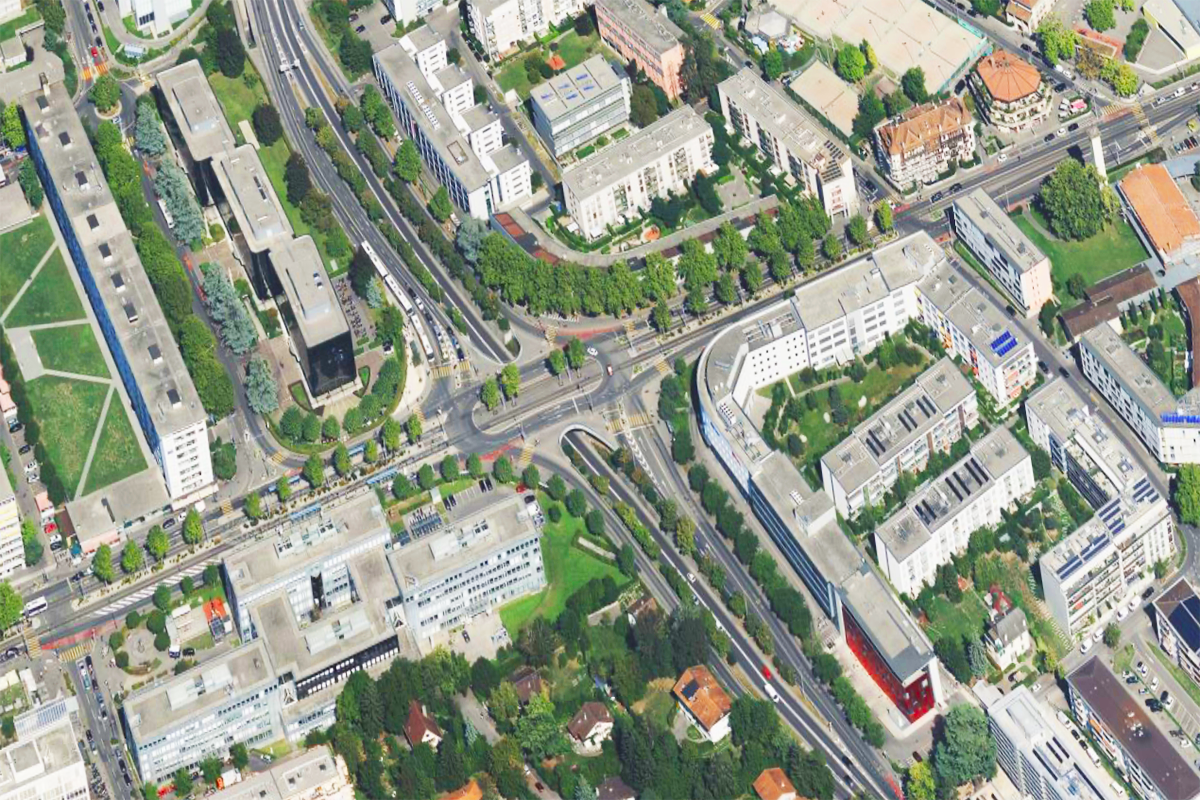

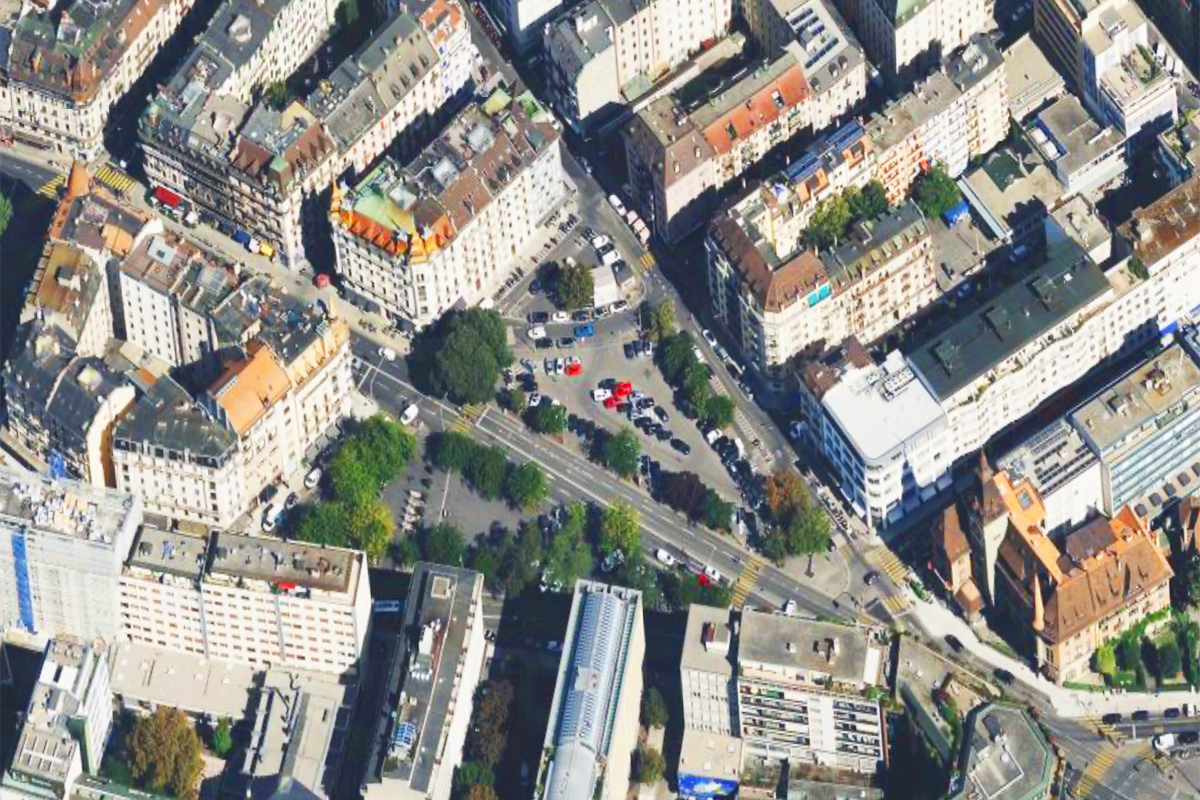
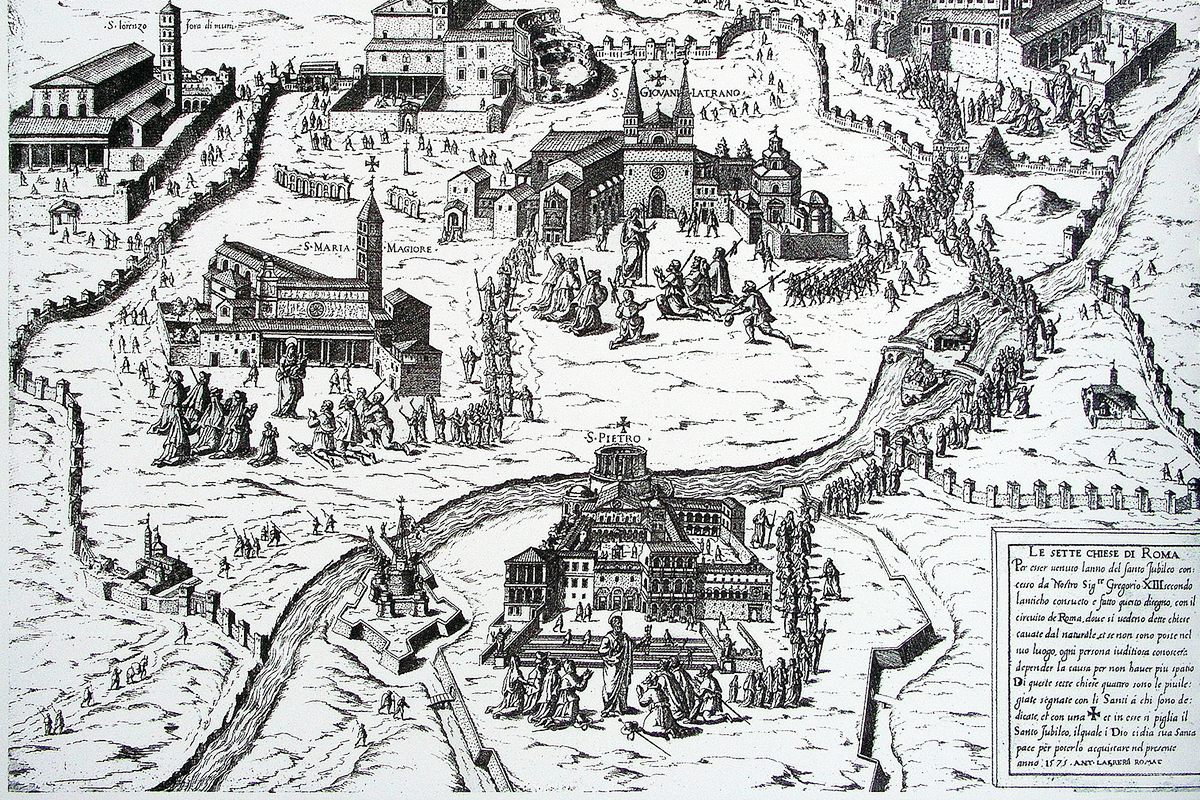
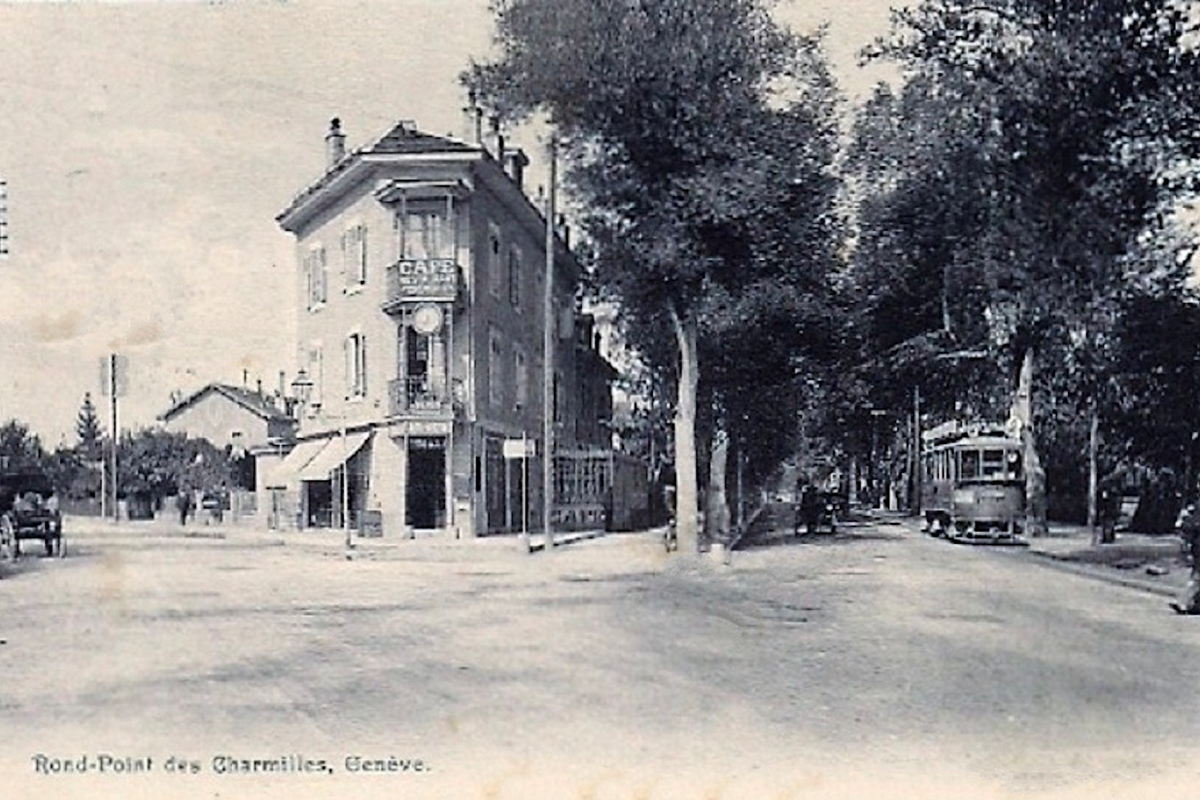
Questions on the site
Given the emphasis on soft mobility and shared transportation in Geneva’s urban strategy, what degree of intervention is acceptable or encouraged regarding existing parking areas, especially on sites heavily dominated by surface parking? Should we propose temporary or structural transformations — both in the short term and looking ahead to 2050?
The Europan contest calls for design projects outlining a temporary afforestation festival (wich will be realised in the second phase, after the Europan contest). Interventions can be quite bold, precisely because of their temporary character. However, competitors should keep in mind that the purpose is to engage the third phase, that is turning these temporary installations into permanent ones. So at least some part of the design concept should fit in the global strategies of the Canton and of the communes, as well as correspond to some feasibility principles (please see the annexed documents).
Are we expected to integrate, adapt to, or challenge any existing or planned urban development projects on the proposed sites (e.g., Sites 9 and 13)? If so, can more detail be shared about their status, scope, and flexibility?
You are able to provide a critical point of view regarding the existing/ongoing urban developement of the sites you may choose — provided you found your criticism on valid information.
However, your utmost objective is to convince the stakeholders that an effective long-standing afforestation project for Geneva public spaces is possible; therefore, criticizing developments that will anyway be realised might be considered irrelevant by the jury.
Can more information be provided about the logistical and legal feasibility of moving trees and urban furniture between public spaces, particularly in terms of transport, permissions and storage between events? Along the same lines, what level of engagement or co-design with local communities is expected during the actual process?
The founding concept of the tender is a temporary installation, through a "moving-trees-summer-festival". The Canton supports this concept and intends to convince the municipalities to turn the Europan outcomes into sustainable and permanent constructions including vegetation and built structures. For the Europan phase, there is no particular legal restriction that you should take into account for the public spaces you may propose – feel free to go beyond legal considerations.
Local communities, active participation and resident involvement, including associative entities, can be part of your design strategies.
Will a report, recording, or summary of key insights from the site visit be made available to all participants, taking into consideration those who were unable to attend in person? Ensuring access to this information would help all teams work from a shared contextual understanding of the sites.
It has not been considered feasible to send the non-attending groups a summary or debriefing of the site visit.
Bonjour, les 15 sites précisés dans le cahier des charges ne correspondent pas exactement aux sites du lien "le site sur Google maps", est-ce normal ? De plus, a-t-on accès à toutes les questions et réponses des autres équipes ? Je ne trouve pas la FAQ sur le site Europan.
Hello, we recommend that you refer to the 15 sites identified in the document (map on the cover), where they are specifically named (pages 42 to 46). Additionally, yes, the questions and answers will be visible to all participants.
This site is connected to the following theme
Re-sourcing from natural elements In this family of sites, the potential of soils could guide the evolution of a site in a process of space’s regeneration, intensification or addition. The biological dimension of available land could trigger new ecological and social relations, and interactions between organisms for a mutual benefit. From the horizon to the scale of the microorganism: which is the capacity of soils to infiltrate biodiversity provide ecosystem services and give continuity to the territory?
Reactivating Soils
Questions on the site
You have to be connected –and therefore registered– to be able to ask a question.
Fr. 16 May 2025
Deadline for submitting questions
Fr. 30 May 2025
Deadline for answers
Before submitting a question, make sure it does not already appear in the FAQ.
Please ask questions on sites in the Sites section.
Please ask questions on rules in the Rules section.
If your question does not receive any answer in 10 days, check the FAQ to make sure the answer does not appear under another label or email the secretariat concerned by the question (national secretariat for the sites, European secretariat for the rules).